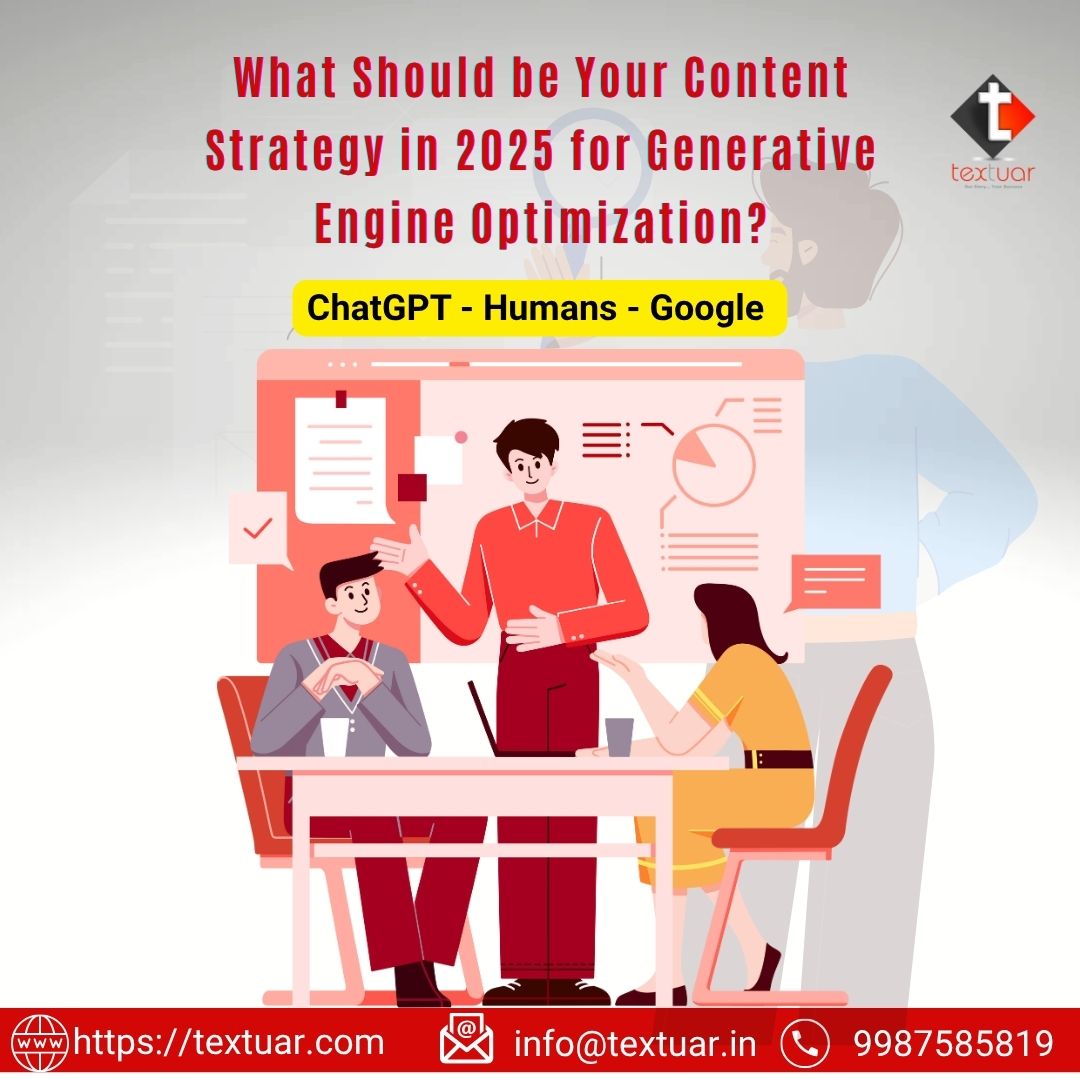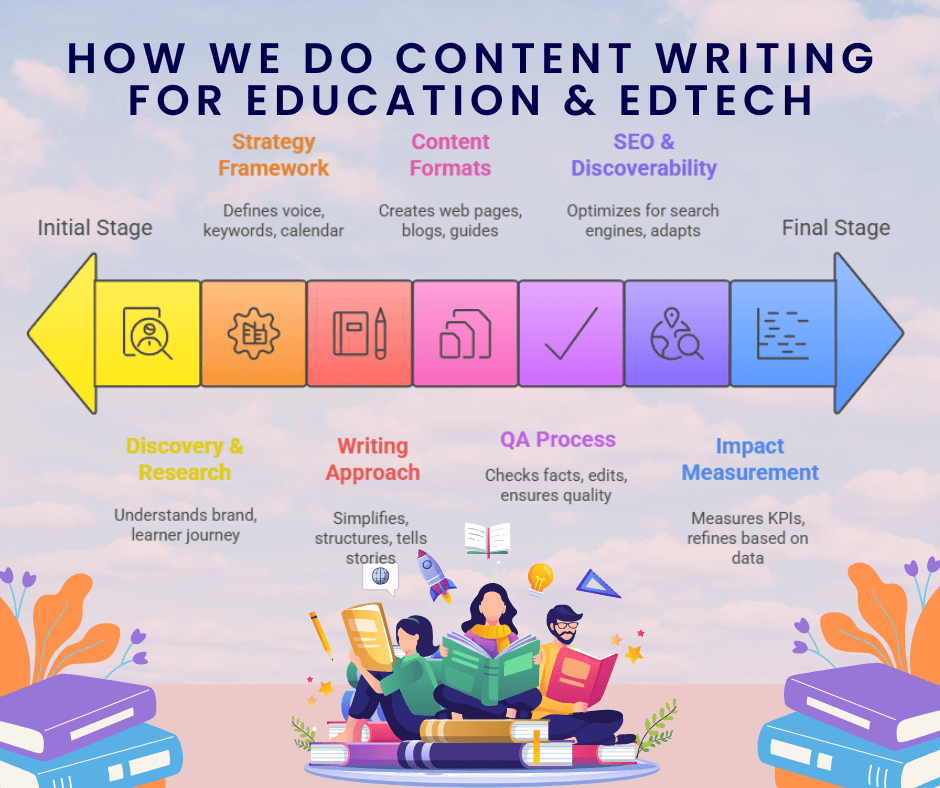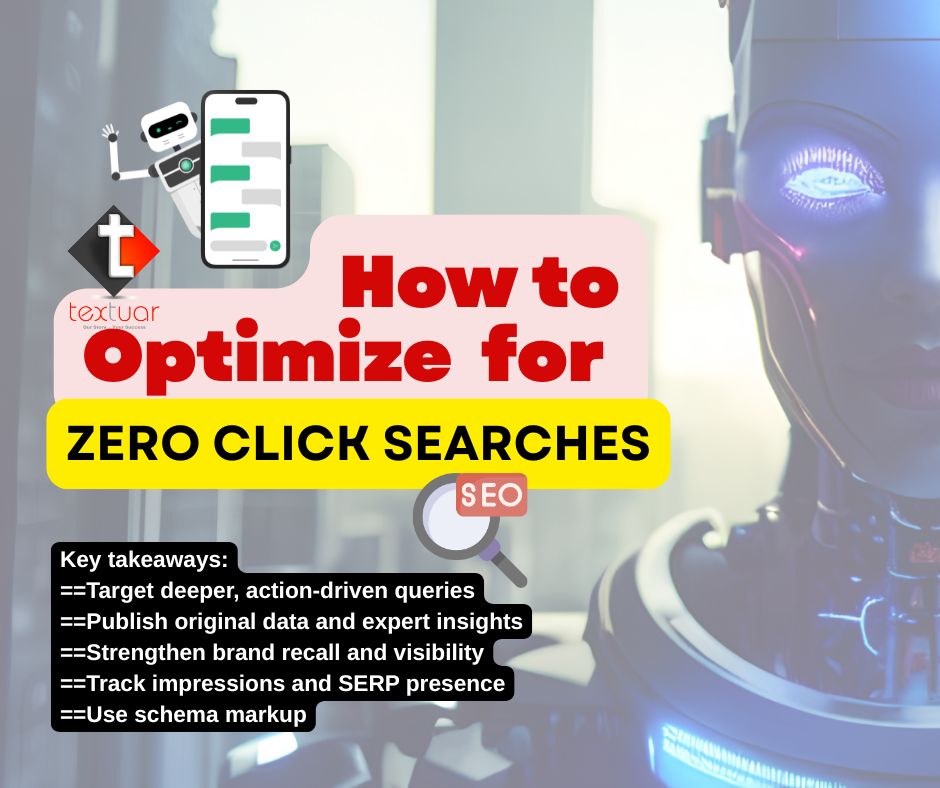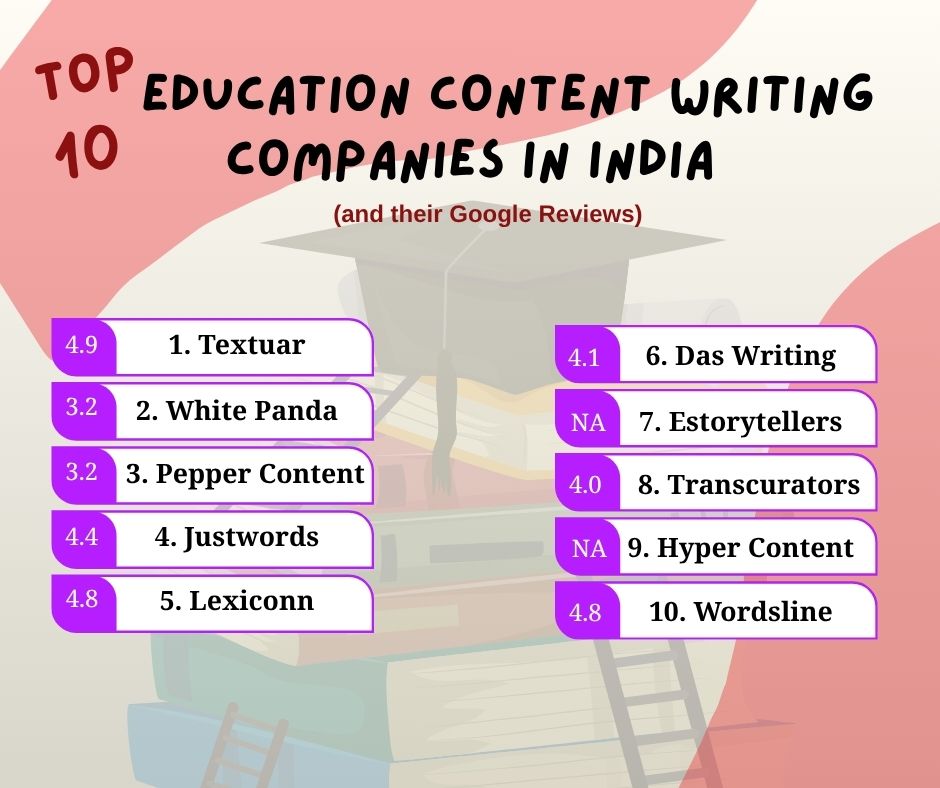Have you noticed a sudden change in how results appear on the search engines? Earlier, you would come across blue links from top to bottom. But now, there are AI-generated responses directly answering your concerns on top, followed by a few relevant links.
This is nothing but Google’s search generative experience, or SGE (also known as AI Overviews).
This shift is not just a technological upgrade. It is the next evolution of search optimization that demands immediate attention from content creators and marketers alike. To tackle this new terrain, you need to focus on generative engine optimization (GEO).
This new discipline focuses on ensuring your content gets cited and presented as authoritative answers within AI-generated responses. In fact, the craze for GEO has already resulted in 63% of marketers incorporating it in their content strategies.
If your strategy is not factoring GEO, you might be losing a lot of valuable leads on the table.
So, begin your search on GEO with this blog. It will help you modernize your SEO plan fast.
What is Generative Engine Optimization?
GEO or generative engine optimization represents a paradigm shift in how we approach content optimization. Rather than competing for the top organic positions on the SERPs, GEO focuses on creating content that AI models find authoritative and citation-worthy.
Search engines aren’t simply scanning for keywords anymore. Rather, they analyze context, structure, and authority. As a result, they show responses based on semantic understanding instead of keywords.
Think about your recent search behaviour. How often did you obtain direct answers from AI systems, that, too, without clicking through to websites?
This pattern reflects a broader trend toward zero-click searches. It means the users get their answers immediately from AI-generated responses. When this happens, the content that gets cited gains enormous credibility and visibility.
The mechanics behind GEO vary significantly from SEO. In a place where the latter relies heavily on backlinks, keyword density and so on, the former prioritizes content depth. Even accuracy and authoritative sourcing are prioritised for AI trust signals.
AI models evaluate sources based on their training data. This might include thousands of web pages, academic papers, etc. The content you produce must meet the same standards that these tools recognize as comprehensive and trustworthy.
What is the importance of GEO in today’s content marketing landscape?
Ever wondered how many search engine results are now influenced by AI? That is whopping 84% of search queries. This statistic paints a clear picture of where digital discovery is heading.
This proves our formula:
AI citation = Visibility + Growth
This trend creates what many marketers call the “citation economy.” This means your content’s value doesn’t just depend on how well it is ranking. It hinges on your content being selected for AI-generated answers, too.
When AI models, whether ChatGPT, Perplexity or something similar, cite your content, you obtain several perks:
1- Improved brand authority
Being cited by AI systems signals expertise and trustworthiness to users. This is because people tend to trust information that AI models present as authoritative. This, in turn, creates a halo effect for your brand.
2- Sustained visibility
You might know by now that organic results fluctuate with algorithm updates. However, AI citations tend to be more stable once they are established. This is because AI models often rely on the same high-quality sources repeatedly.
3- Qualified traffic
Indeed, the overall click value might decrease because of the AI overview. However, the traffic that comes because of AI citations to your website tends to be highly qualified. Users who click after seeing AI-generated answers often have specific intent. Also, they trust your expertise.
How to Develop an Effective Content Strategy for Generative Engine Optimization?
Before you can start with your GEO strategy, you need to understand how AI models process and evaluate information. Keep in mind that these systems are not just looking for keywords. They check for authority. They determine whether your content is comprehensive. Lastly, they determine your content’s relevancy to user intent.
Here are some effective tips on developing content for GEO –
1- Understand AI-preferred query type
AI models excel at answering certain types of queries. Some common ones include factual information, an explanation, or a step-by-step guide. Your content strategy for generative engine optimization needs to focus on the following query categories:
– Definition queries (“What is” questions)
These queries represent prime opportunities because AI systems frequently need to provide clear, authoritative definitions. When creating content around such queries, you should focus on making available comprehensive explanations.
This entails going beyond simple definitions using context and semantically related concepts.
– Process-oriented queries (“How to” questions)
Information that breaks down complex processes into manageable, simple steps is preferred by AI models. Hence, such kind of queries yield very good generative search results.
Additionally, they typically result in increased user satisfaction. Why? Because people seeking procedural information typically have specific goals in mind.
– Comparative queries (“Best practices” topics)
Such queries allow you to demonstrate expertise. That, too, while providing the comprehensive analysis that AI models favor. These pieces often get cited because they provide a balanced perspective backed by evidence.
2- Implement E-E-A-T signals for Generative Engine Optimization
E-E-A-T or Experience, Expertise, Authoritativeness, Trustworthiness in GEO works very different than in SEO. Human evaluators have a specific way of assessing these factors subjectively. But AI models look for specific signals that indicate content quality and reliability.
Experience signals include first-hand accounts and case studies. They also feature practical examples that demonstrate real-world applications. AI models increasingly value content that shows practical experience and not just theoretical knowledge.
Expertise indicators include author credentials. Even technical knowledge and comprehensive coverage of topics fall under this indicator. So, ensure your content demonstrates deep understanding. You can use specific examples, nuanced analysis and industry terminology to do so.
Authoritativeness builds consistent citation by other authoritative sources. Plus, comprehensive coverage of topics and alignment with established expert consensus help with the same. The idea is to create a reinforcing cycle with authoritative content with your content so it gets cited more frequently to enhance its authority signals.
Trustworthiness emerges from reliable accuracy of facts and information. So, include accurate source citations and be open about your limits. That way, you can build a devoted user base. Additionally, preserving uniformity across several pieces facilitates the development of a coherent content strategy for generative engine optimization.
Keep in mind that AI models are able to identify and penalize material that is inconsistent or misleading. For this reason, it is essential to prioritize accuracy.
3- Leverage structured data and semantic optimization
Basic HTML markup will never suffice for creating structured content for AI comprehension. You need to include semantic relationships and contextual signals, too. That way, you can help AI models uncover the significance and pertinence of your content.
Schema markup offers you clear context for the meaning of your content. Effective GEO, however, mandates you to go beyond the simple application of structured data. That is why you need to determine how your content connects to more general business ideas and topics. Moreover, inspect its relevancy to user needs. AI models surpass at understanding these relationships when they are clearly articulated.
Entity-based optimization helps AI models comprehend the people, concepts, and so on that your content discusses. So, don’t just focus solely on keywords. Think about the entities your content addresses. Also, determine how they relate to each other and to broader industry topics.
4- Create comprehensive, research-backed content
An effective content strategy for generative engine optimization focuses on depth of coverage. AI models favor content that thoroughly addresses topics rather than those providing surface-level coverage. This doesn’t mean you must produce lengthy content. The idea is to generate content that fully satisfies user intent and provides data-backed insights.
Plus, research integration becomes crucial. This is because AI models can evaluate the quality and relevance of your source. If your content is backed by credible research and industry insights, it might perform better in AI citation algorithms.
As a writer, if you invest in original research or a comprehensive synthesis of existing studies, you gain the upper hand on the internet.
How to Write Content for Generative Engine Optimization?
Creating content for generative engine optimization requires balancing multiple considerations. These are AI comprehension, user value and technical optimization. In fact, the most successful content satisfies all three requirements simultaneously.
| How to Write Content for Generative Engine Optimization | ||
| Principle | Objective | Action Steps |
| 1. Write for AI + Human Audiences | Ensure readability for both systems and people | – Use clear sentences and logical flow |
| – Highlight key points for easy extraction by AI | ||
| – Maintain narrative engagement | ||
| 2. Optimize for Snippets & AI Responses | Increase chances of being cited in AI-generated answers | – Use bullet points and numbered lists |
| – Structure content in Q&A format | ||
| – Include updated statistics and source citations | ||
| 3. Maintain Accuracy & Freshness | Boost trustworthiness and AI ranking | – Regularly audit and update content |
| – Ensure factual correctness and relevance | ||
| – Establish a content review schedule | ||
| 4. Diversify Content Formats | Cater to different AI and user content preferences | – Create how-to guides for instructional clarity |
| – Use case studies for real-world validation | ||
| – Include data-backed research and expert interviews | ||
Let us explore these aspects in more detail below.
1- Writing for dual audiences – AI systems and human users
For writers, focusing on content writing for AI Generative Engine while upholding engagement for human readers is quite daunting.
The best strategy entails organizing content such that AI systems may easily extract information from it. Retaining narrative flow and reader engagement for human readers is mandatory to achieve this. This might involve using clear sentences and supporting details. Also, use logical transitions that serve both audiences effectively.
2- Optimizing for featured snippets and AI-generated responses
Creating content for generative engine optimization is not easy. You cannot just dive in. You must, first, identify how AI systems extract and present data. The idea is to uncover common patterns that can help you structure content for improved visibility in AI-generated responses.
- Use bullet points and numbered lists to provide clear, structured information that is easy to extract and reformat.
- Maintain a direct question-and-answer format to align it well with user queries.
- Add statistical information and data points to enrich content credibility. Besides, these elements can provide AI with specific facts it can cite. Just ensure that the data you include is current and accurate. Also, source the data properly to retain trustworthiness.
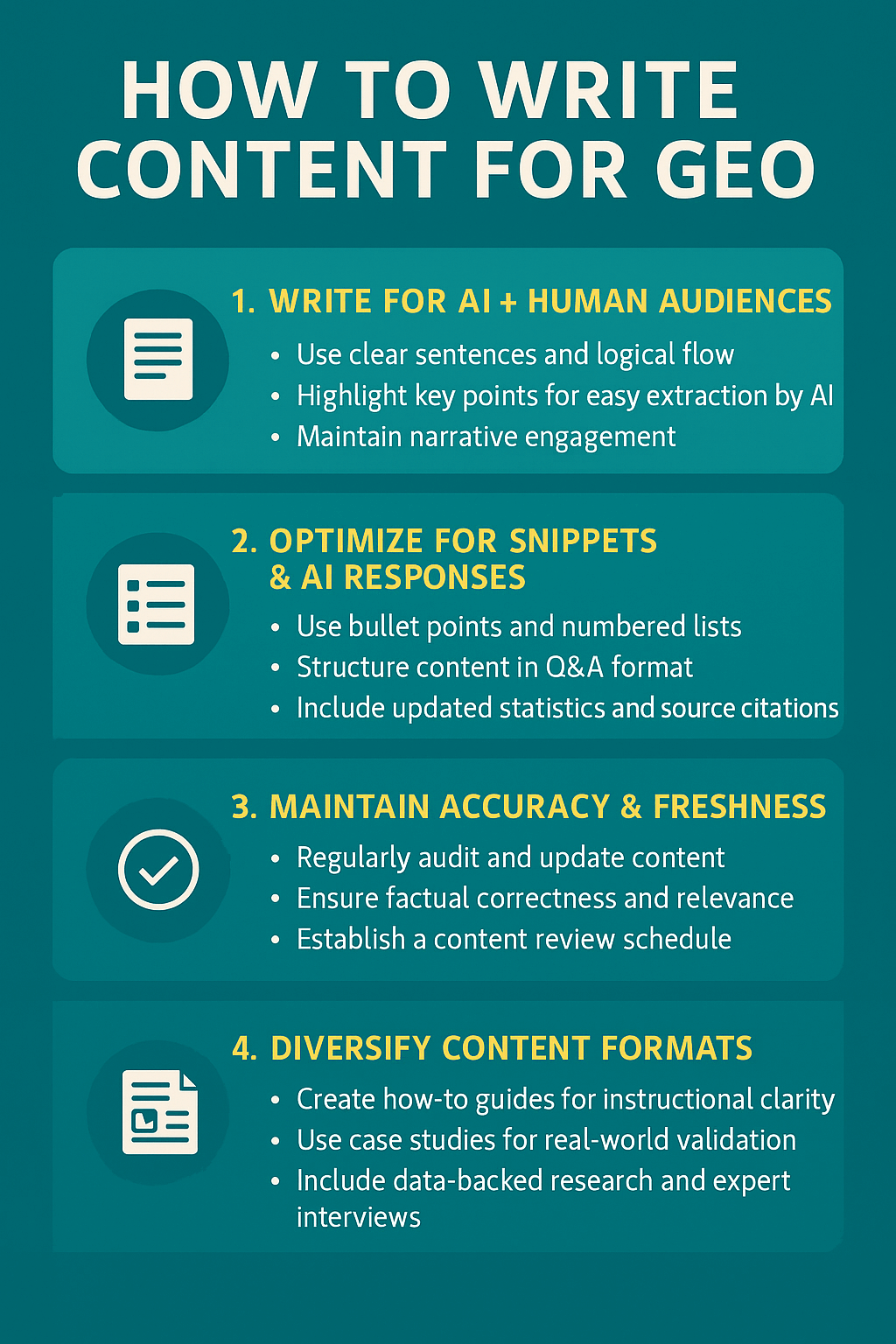
3- Maintaining content accuracy and freshness
It is proven that AI systems like fresh, accurate information over outdated content. So, ensure your process of creating content for generative engine optimization is strong. It should include a robust process for retaining content accuracy and relevance over time.
Also, conduct regular content audits to determine what information needs to be updated. Ensure that your audits focus factual accuracy and freshness as per current user needs.
See to it that your update process is systematic and not ad hoc. For instance, create regular review cycles for various content types. This way, you can ensure that high-quality resources receive regular attention. That, too, while maintaining overall content quality.
4- Diversifying content formats for maximum impact
Different content formats cater to different purposes in AI-driven content discovery. However, you can address varying user requirements and AI system preferences only via detailed strategies that combine numerous formats.
- With how-to guides, you can craft step-by-step instructions. AI systems find such pieces easy to parse and present to users.
- Case studies are excellent for real-world examples and evidence. Plus, they support broader principles or strategies. For instance, they provide the experience component of E-E-A-T. They also give systems concrete examples to reference.
- Research-based analyses combine original insights with supporting data from authoritative sources. These pieces demonstrate expertise. They also provide AI systems with comprehensive information that they can synthesize and cite.
- Expert interviews and thought leadership pieces build authority. They also present unique perspectives that AI systems can reference. These formats work particularly well when they address emerging trends or something similar.
What Success Metrics Should You Track for Generative Engine Optimization Content?
GEO performance metrics differ significantly from traditional SEO measurements. Indeed, organic traffic signals and ranking remain relevant. Yet, tracking various signs of generative engine success is necessary for AI optimization.
1- Monitoring AI citation frequency
For tracking AI-generated citations, you must assess how often your content appears in AI-generated responses. And by that, we mean regularly testing relevant queries across platforms. And if you come across any citations, ensure you document them.
Citation quality evaluation is an ideal metric to gauge how often your content is utilized in AI responses and when. Using competitive citation analysis, you can further uncover the performance of your content vis-à-vis your competitors.
2- Analysing AI-referred traffic patterns
AI-referred traffic analysis examines the traits of the users who arrive at your site via AI-generated citations. This traffic often exhibits different behaviour patterns related to Generative Engine Optimization. This is different from traditional organic traffic.
Engagement depth metric reveals a lot about AI-referred visitors. You can check if they find your content valuable enough to explore beyond their initial landing point. Conversion tracking for AI-referred traffic helps comprehend the business impact of GEO efforts.
3- Measuring authority with content for Generative Engine Optimization
Tracking authority signals means monitoring indicators that suggest your content is becoming widely accepted as a reliable source in your niche. These indicators are heavily relied on for future citation success.
Expert recognition metrics include mentions by industry thought leaders and citations in professional publications. It even comprises references in academic or research context. These signals often precede increased AI citation frequency.
AI-driven engagement signals are a collection of clues that indicate your content appeals to both human and AI systems.
Here is a quick overview of the metrics you need to track for GEO –
| Metric category | Key metrics | What to track? |
| Monitoring AI citation frequency | Tracking AI-generated citations | How often content appears in AI responses across platforms |
| Citation quality assessment | Specific attribution, information extraction, placement prominence | |
| Competitive citation analysis | Performance vs. competitors for similar queries | |
| Analysing AI-referred traffic patterns | AI-referred traffic analysis | Use characteristics arriving through AI citations |
| Engagement dept metrics | Visitor exploration beyond the initial landing point | |
| Conversion tracking | Business impact, and ROI of AI-referred traffic | |
| Measuring content authority development | Authority signal tracking | Recognition as an authoritative industry source |
| Expert recognition metrics | Mentions by thought leaders, professional citations | |
| AI-driven engagement signals | Social sharing, expert commentary, industry discussions |
In conclusion
Generative engine optimization (GEO) is not a passing trend. The way AI has impacted search engines, GEO seems to be a fundamental transformation that will stick around for a longer period.
It is time to modify your existing content strategies and integrate new-age processes. Investing in content writing for AI generative engine is one such step that can reap rich dividends.
Indeed, you can abide by the tips listed above to amplify the way you produce digital written content. Or, you can hire experts like Textuar to help you with the same. We have the expertise in content writing for AI generative engine and an ability to remain at the forefront of changing search engine algorithms.
This USP lets us produce content that resonates with users and ranks well on organic and AI-led searches.
FAQs
1- What makes GEO different from traditional SEO?
GEO aims at making your content visible to AI models. In a place where SEO helps you with higher rankings, GEO targets AI citations. It does so by emphasizing clarity, structure and expertise to support generative responses.
2- What types of content perform best in AI-generated search results?
AI models like well-structured, factual content. Some excellent examples include how-to guides, FAQs and research-backed articles. When creating your content, ensure to answer common queries clearly. Also, back them with reliable, well-organized information that AI can easily reference.
3- How can I measure the success of my GEO efforts?
Here is what you can do –
- Look at how often your content is cited in AI-generated responses
- Check the volume of traffic coming from AI tools
- Identify whether or not your brand is mentioned in credible sources.
These indicators should show if your strategy of content creation for generative engine optimization is working or not.
4- Does GEO mean I should stop focusing on SEO?
Not at all. Content creation for generative engine optimization and search engine optimization works best together. With SEO, there is a boost in your visibility in traditional search. With GEO, your content gets hand-picked by AI tools. in short, a balanced strategy is imperative for safeguarding your digital presence.
5- How often should I update content for GEO?
It is best to refresh your content every few months. See to it that you keep data and examples up to date, helping AI models trust and surface your content. Besides, updating your content regularly can help enhance site’s overall authority and accuracy.

